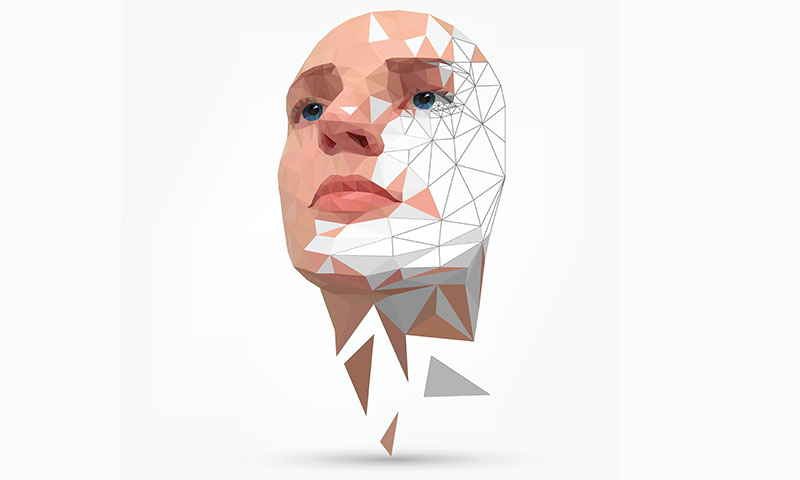Facial recognition technology is something of a controversial topic. On the one hand, it has the potential to solve crimes and produce innovative change for business. On the other, it attracts headlines as it is far from perfect, technologically, it needs more work, and the privacy implications make a lot of people uncomfortable.
As a result, the technology around facial recognition and its associated uses find themselves to be in a catch 22 situation.
Good enough to be useful but nowhere near perfect
The problem with facial recognition technology right now is that it is good enough for organisations to find it very useful, but nowhere near good enough to work without the risk of errors.
For the police, for example, facial recognition technology has the appeal of vastly reducing the number of staff hours needed to undertake certain forms of surveillance work. From the perspective of the average member of the public, however, the technology is intrusive and errorprone.
The former complaint can be addressed by using it in a responsible manner (in particular, not deploying a surveillance sledgehammer to crack a small nut), but the latter can only be addressed through a process of continuous improvement, be that improvements to the software and hardware or be it improving machine learning.
The development process often relies heavily on co-operative users who provide feedback on what works for them and what doesn’t. In the case of facial recognition technology, however, this is not necessarily as easy as it sounds. When it has been tested on unwilling – or more likely unaware – users, privacy concerns have arisen in the context of significant criticism.
The challenge of finding willing testers
Finding people who are willing to be testers for facial recognition technology as many raise concerns about how their facial data will be used, how long it will be stored, etc. If they have confidence in the process, they must also feel assured that the technology is worth testing and can offer lasting benefit.
Because of this, the path to (human) public acceptance of facial-recognition technology may lie in seeing it successfully used on animals, both wild and tame. And, to the surprise of many, animals can actually benefit from the technology, too.
From chimps to humans
Conservationists are becoming increasingly interested in harnessing modern technology to help stop the illegal trade in protected species. Blockchain has already been enthusiastically adopted as a means to deter the smuggling of plants and minerals, such as illegally-logged timber, and facial recognition technology is now being used to find and rescue endangered animals.
At the present time, there is a particular focus on chimpanzees, whose faces have a lot in common with their close relatives, humans. This is why conservation efforts are also very likely to help improve the technology to the point where it becomes more palatable and useful to humans, too.
This is exciting progress to make for conservationists, as an algorithm will run through photos on social media to recognise and identify the faces of trafficked chimps, which are often advertised by smugglers who sell them illegally. It is a cruel process that removes endangered chimps from their natural habitats and sells them, often to collectors who keep them in unreasonable conditions.
Plus, by helping to save the planet, facial recognition technology can use this as an opportunity to improve and to carry out extensive testing without the ethical or consent issues associated with testing it on human faces.

